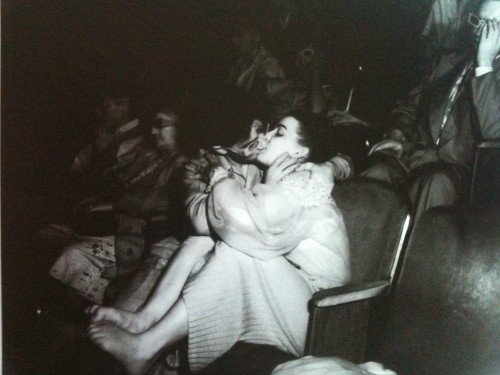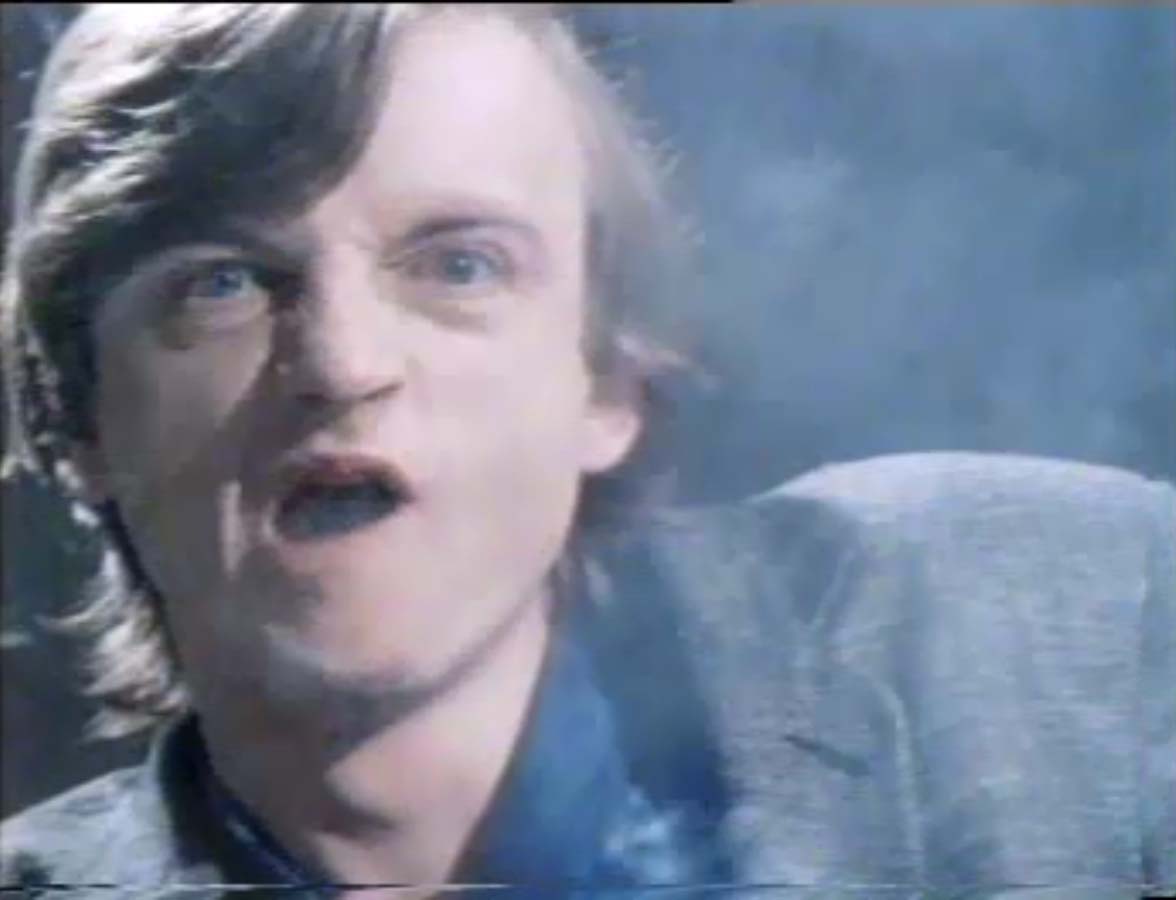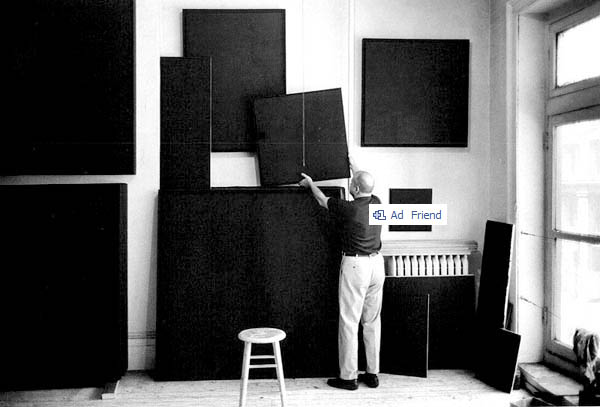Last year, many of us read Patrick deWitt’s excellent Western The Sisters Brothers. The novel (which I reviewed here) concerns two brothers, Eli and Charlie, who hurt and kill men for a living. A great work in a little-appreciated genre, the book went on to win a Governor’s General Literary Award and a Rogers Writers’ Trust Fiction Prize, and was short-listed for the Man Booker Prize. It is newly released in paperback (though I’ll admit I like the hardback’s cover better, and for my part, I read it on the Kindle). He is also, though the interview doesn’t touch on this, the screenwriter behind the recent film Terri. Mr. deWitt was kind enough to spend a little time with some questions I sent him. I don’t know if I touched his soul or anything, but his answers were good, and his book is very much worth your time.
In an interview for the Man Booker Prize, you said: “It would be harder for me to write those same scenes without the twist. In real life, violence is graceless, pathetic, weird, or simply funny. But it’s almost never righteous or noble, and I tried to avoid writing about it that way.” I think a lot about violence, but I’ve never really experienced it myself. The idea that it’s not noble or righteous isn’t too surprising, but “pathetic” and “weird” are two adjectives I’ve encountered less often, I think, and I like them. Reading this made me curious about your experience with violence, and what leads you to see it in the way that you do.
I was never a violent person. It was never something I had any stomach or aptitude or reverence for. I went to a lot of punk etc. shows starting at the age of 12. This was in the San Fernando Valley in the late 80s, and anyone going to these shows certainly saw a lot of violence, though it wasn’t mandatory to take part, and I found it easy enough to skirt. Later on my friends and I got into drinking and drugs, and this was a blood-and-guts period of time, but it was our blood-and-guts. It was ugly but we weren’t, you know, marauders. Later still, working at a bar, fights were common, and these usually matched the description above (pathetic, weird). This was probably where I adopted that attitude toward violence, actually. We’d just stand there and watch. I remember these two meaty white guys with shaved heads going at it on the floor. They’d ripped each other’s shirts off, and a customer looked at me and said, “It’s like babies fucking.” Physical confrontation is just an awkward social interaction taken to the extreme, it seems to me. READ MORE >

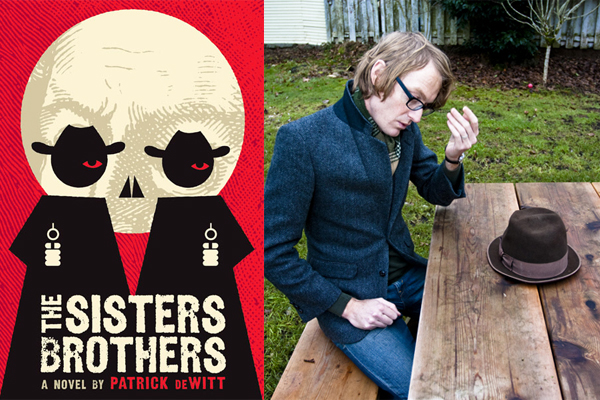
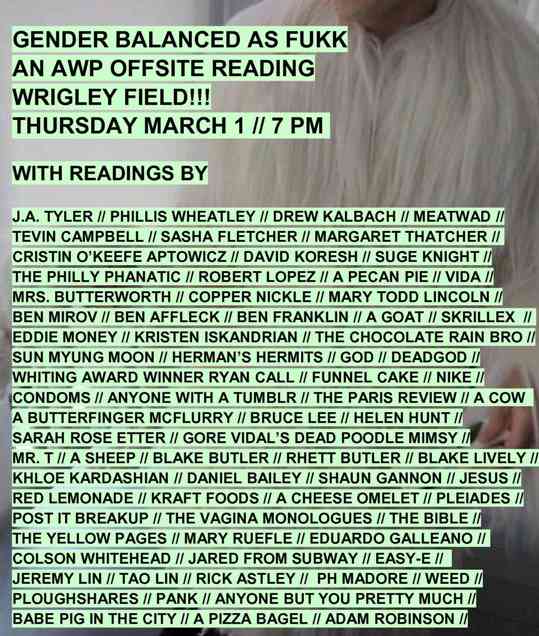
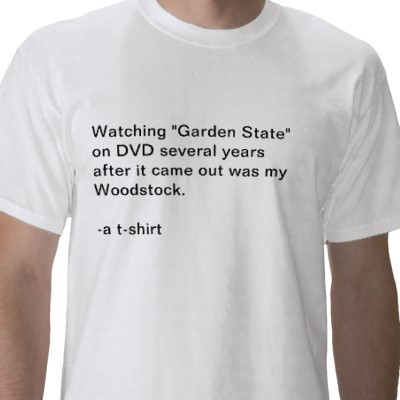
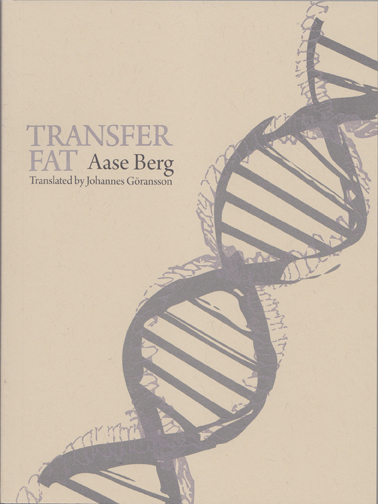
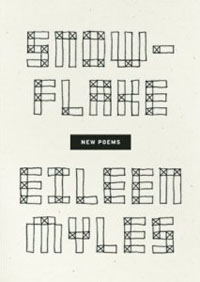 Snowflake / different streets
Snowflake / different streets